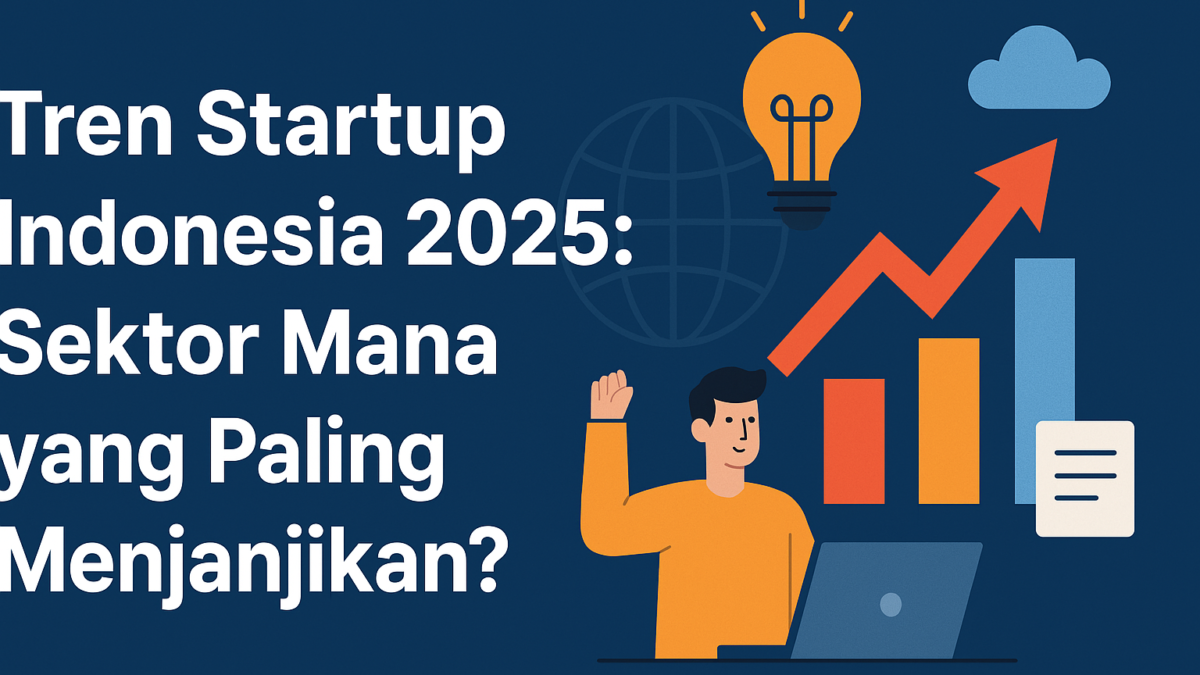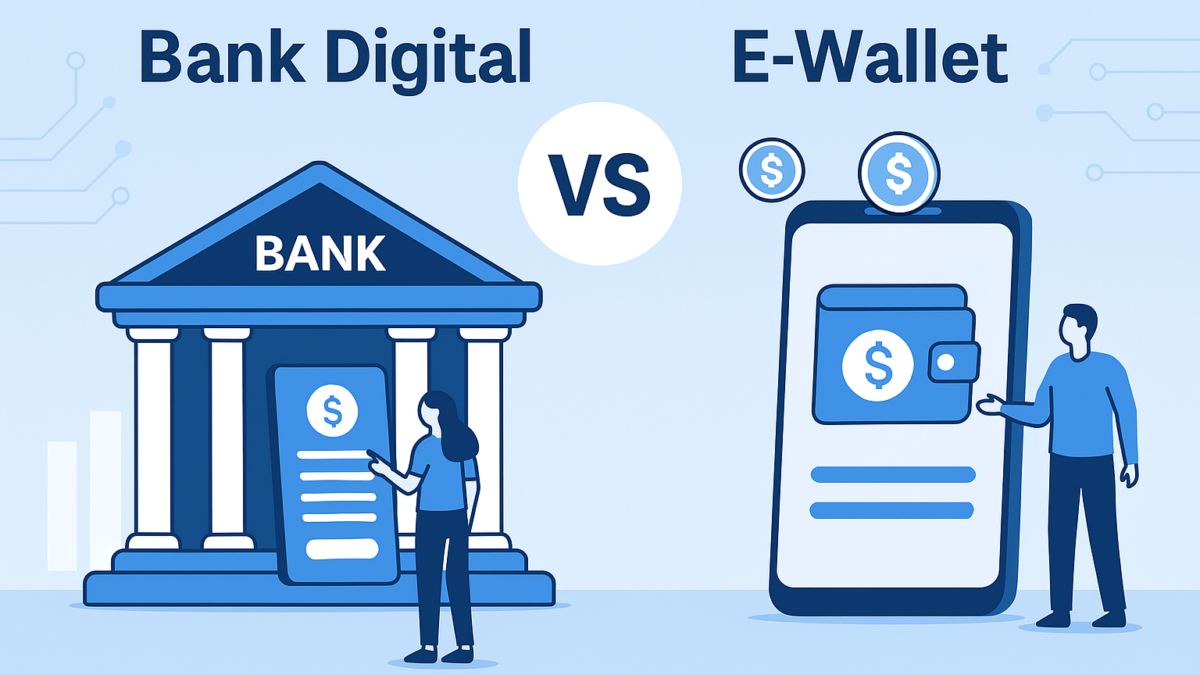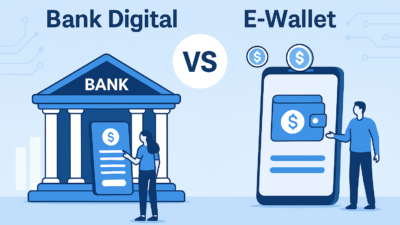
The financial technology (fintech) revolution is one of the most transformative forces of the 21st century. It has reshaped the way individuals and businesses manage money, access credit, and interact with financial institutions. What began as the digitization of banking services has evolved into a dynamic ecosystem of digital wallets, blockchain technology, and artificial intelligence, driving unprecedented changes in financial inclusion, efficiency, and innovation.
This article delves into the evolution of fintech, from its humble beginnings to its current state, and explores how it continues to disrupt and redefine the financial landscape.
The Dawn of Fintech: Online Banking and the Digital Transformation
The term “fintech” gained traction in the early 2000s, but its roots can be traced back to the late 20th century. The advent of the internet and the proliferation of personal computers in the 1990s laid the foundation for the digitization of banking services. Financial institutions began leveraging technology to improve operational efficiency, enhance customer service, and reduce costs.
Key Innovations in the Early Era:
- Online Banking:
- One of the first breakthroughs was the introduction of online banking platforms, allowing customers to check balances, transfer funds, and pay bills from their computers. Pioneers like Wells Fargo and Bank of America led the way, transforming how people interacted with banks.
- ATMs and Debit Cards:
- Automated Teller Machines (ATMs) became ubiquitous, enabling 24/7 cash withdrawals and reducing dependency on physical branches. Debit cards followed, offering convenience and reducing reliance on cash.
- Electronic Payments:
- Payment systems like PayPal (founded in 1998) marked the beginning of fintech’s ability to disrupt traditional banking. PayPal allowed individuals and small businesses to send and receive money seamlessly, challenging the dominance of banks.
While these innovations were revolutionary at the time, they primarily digitized existing processes rather than creating entirely new financial ecosystems.
The Rise of Mobile Banking and Digital Wallets
The introduction of smartphones in the late 2000s marked a new chapter for fintech. Mobile technology brought banking services into people’s pockets, enabling real-time financial management and creating a foundation for today’s digital wallets.
The Mobile Revolution:
- Mobile Banking Apps:
- Banks began offering dedicated mobile apps, giving customers access to their accounts, transaction history, and financial tools on the go. The shift toward app-based banking improved accessibility and engagement.
- Digital Wallets:
- Platforms like Apple Pay, Google Pay, and Samsung Pay introduced digital wallets, allowing users to store card details securely and make payments with a tap of their phones.
- Asia saw rapid adoption of mobile wallets, with platforms like Alipay (China) and Paytm (India) leading the charge. These wallets integrated seamlessly with e-commerce, transportation, and everyday transactions, becoming essential to daily life.
- Peer-to-Peer Payment Systems:
- Services like Venmo (US) and WeChat Pay (China) gained immense popularity by enabling instant transfers between individuals. These platforms also introduced social features, transforming payments into a social activity.
The Age of Fintech 2.0: Innovation Beyond Banking
As fintech matured, its scope expanded beyond traditional banking to encompass insurance, investment, lending, and wealth management. The integration of advanced technologies like artificial intelligence (AI), blockchain, and big data analytics fueled this transformation.
Key Innovations of Fintech 2.0:
- Robo-Advisors:
- Platforms like Betterment and Wealthfront democratized investment by offering algorithm-driven financial advice at a fraction of the cost of traditional advisors.
- Lending Platforms:
- Peer-to-peer (P2P) lending platforms like LendingClub and Kiva disrupted traditional credit models, connecting borrowers directly with investors.
- Blockchain and Cryptocurrencies:
- Blockchain technology revolutionized the concept of trust in financial transactions, enabling decentralized systems like Bitcoin and Ethereum. Cryptocurrencies have since evolved into a multibillion-dollar market, with applications in cross-border payments, decentralized finance (DeFi), and tokenized assets.
- Insurtech:
- Companies like Lemonade and ZhongAn are reshaping the insurance industry with data-driven underwriting, instant claims processing, and personalized policies.
- Open Banking:
- Regulatory initiatives like Europe’s PSD2 and open banking frameworks in Asia have empowered consumers to share their financial data securely with third-party providers, fostering innovation and competition.
Fintech’s Impact on Financial Inclusion
One of fintech’s most profound contributions has been its ability to bring financial services to underserved populations. In regions like Asia, where traditional banking infrastructure is limited, fintech has bridged the gap for millions.
Case Studies:
- M-Pesa (Kenya):
- Although not in Asia, M-Pesa’s success in providing mobile-based financial services to the unbanked inspired similar initiatives worldwide.
- Alipay and WeChat Pay (China):
- These platforms turned smartphones into banks for millions of people in rural areas, enabling them to save, borrow, and invest without needing a traditional bank account.
- Grab Financial Group (Southeast Asia):
- Starting as a ride-hailing service, Grab expanded into fintech, offering microloans, insurance, and payment services to millions in Southeast Asia’s emerging markets.
Challenges and the Road Ahead
Despite its success, fintech faces challenges that could shape its future trajectory:
- Regulatory Compliance:
- Balancing innovation with regulatory oversight remains a delicate act. Governments must ensure consumer protection without stifling growth.
- Cybersecurity Threats:
- As financial transactions move online, the risk of cyberattacks grows. Robust security measures are critical to maintaining trust.
- Financial Literacy:
- Many consumers struggle to navigate the complexities of fintech products, highlighting the need for education and transparency.
- Global Integration:
- Standardizing fintech solutions across borders could unlock new opportunities but requires collaboration between governments, institutions, and tech companies.
Conclusion: Fintech’s Unstoppable Evolution
From the early days of online banking to the sophisticated digital wallets and blockchain systems of today, fintech has come a long way. It has not only made financial services more accessible and efficient but has also redefined the relationship between consumers and financial institutions.
As fintech continues to evolve, its potential to drive financial inclusion, foster innovation, and create a more connected global economy is limitless. The question is not whether fintech will continue to disrupt, but how quickly and in what ways. For individuals and businesses alike, staying informed and adaptable is the key to thriving in this rapidly changing landscape.















